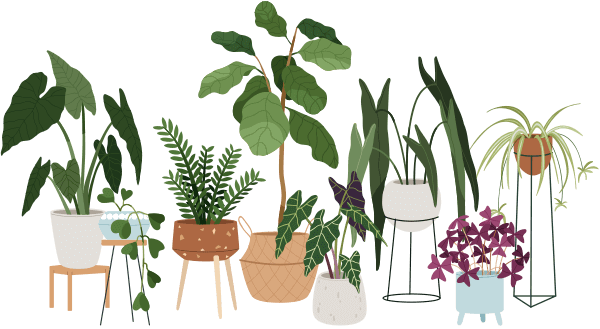Repotting a plant can feel intimidating, especially if you’re worried about harming your leafy friend. Many new plant parents wonder, *What’s the best method for repotting plants?* Luckily, repotting isn’t as scary as it seems! With the right approach, you can refresh your plant’s home while supporting its health and growth. In this guide, we’ll break down the best method for repotting plants, answer common questions, and ensure you feel confident—even if previous repot attempts didn’t go as planned. Remember, every plant parent started somewhere, and you’re already on the right track by learning!
Why Should You Repot? Understanding the Basics
Plants need more space as they grow. Over time, roots outgrow their pots and need fresh soil, which means more nutrients and less crowded quarters. Typical signs your plant is ready for a new pot include:
- Roots poking out of drainage holes
- Water sitting on the soil’s surface and not absorbing
- Slow or stalled growth despite regular care
- Soil drying out super quickly or staying soggy too long
If you spot any of these issues, it’s time to learn the best method for repotting plants!
What Is the Best Method for Repotting Plants?
The best method for repotting plants is all about timing, gentle handling, and paying attention to both the roots and shoots. Here is a simple, beginner-friendly process:
1. How To Prepare for Repotting
Before you get started, gather these items:
- A slightly larger pot with drainage holes
- Fresh potting soil (choose a blend suited to your plant type)
- Old newspaper or a tray (to catch soil spills)
- A small trowel or even just your hands
- Gloves (if you prefer)
Pro tip: Don’t pick a pot too large! One or two inches wider than the current one is plenty. Too much space can lead to overwatering problems.
2. What’s the Step-by-Step Process?
Here’s a gentle, step-by-step version of the best method for repotting plants:
1. Water Your Plant a day before repotting. This helps the root ball come out smoothly.
2. Remove the Plant: Turn the pot slightly on its side. Tap the sides or squeeze the pot to loosen roots, then slide the plant out by the base.
3. Tease the Roots: Gently loosen any circling or knotted roots with your fingers. If roots are very tangled, don’t worry—do your best, but don’t yank or break them.
4. Trim If Needed: Snip away any dead or mushy (rotten) roots with clean scissors.
5. Add Fresh Soil: Put a layer of potting mix in the new container. Place the plant so it sits at the same level it did in the old pot.
6. Fill Around the Roots: Add soil, pressing lightly but not packing too tightly. Leave some space at the top for watering.
7. Water Well: Give your plant a thorough drink. Extra soil may settle; add more if needed.
Is It Okay If I Mess Up? What If My Plant Looks Sad After?
Absolutely, it’s okay! Even experienced plant lovers sometimes see their repotted plants droop or look shocked for a few days. This is normal as the plant settles into its new home.
- Keep your plant in indirect light after repotting
- Resume usual care and avoid fertilizing for a few weeks
- Be patient—your plant will bounce back soon
Five Helpful Tips: Best Method for Repotting Plants in Small Spaces
1. Repot in the bathtub or sink for easy clean-up.
2. Use old newspaper to catch stray soil.
3. Work slowly and talk to your plant—gentleness goes a long way!
4. Choose lightweight pots for easy moving.
5. Save pretty old pots for propagating cuttings or other plants.
Busting a Common Myth: Can Any Soil Work?
Myth: “Any dirt will do.”
Fact: Not all soils are the same! Ordinary garden soil can compact in pots and block drainage. The best method for repotting plants is to select a potting mix tailored for houseplants, succulents, or whatever variety you own. This helps roots breathe and thrive indoors.
Summary: The Best Method for Repotting Plants—Simply, Kindly, and Confidently
Remember, the best method for repotting plants is less about rigid rules and more about gentle care and timely action. Don’t stress over perfection; even if things go a little sideways, you’re learning and giving your plant the attention it deserves. Embrace the process, support your plant with the right soil and pot, and enjoy watching it flourish in its new, cozy home.


